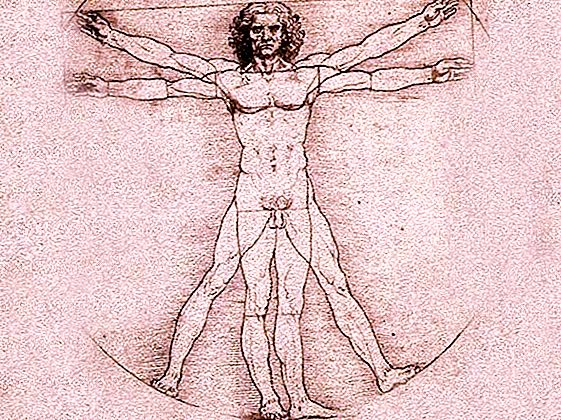In 1913, psychiatrists discovered a causal relationship between diseases of the body and the state of the human psyche. Then the term “psychosomatics” appeared, denoting the section of medicine in which these diseases are studied. Often, a person treats a disease medically without any effect, because it has a psychosomatic nature, and drugs relieve the symptom, but do not relieve the disease itself.

Psychologists have identified 7 reasons for the occurrence of psychosomatic ailments:
- Internal conflict. That is, when consciousness and subconsciousness are in confrontation. And often this is a conflict of children's reactions and adult behaviors. For example: they offended a person, he wants to yell at the offender, but this is not accepted, and he restrains himself. If this happens for a long time, he will have diseases of the throat or teeth (suppressed aggression).
- Contingent benefit. Here we are talking about those cases when the disease allows you to hide from the consciousness a problematic fact. For example: the wife is tired of her husband’s betrayals, but she doesn’t want a divorce, she cannot fight the problem in any other way, and the only thing she does is close her eyes to the situation. This perception will lead to eye disease over time (the body responds to the desire not to see).
- Someone else’s suggestion. Here are the key factors: a long exposure period and the importance of the one who inspires. For example, a mother inspires her son that if he goes out, he will get sick. The subconscious mind will perceive this suggestion as a signal for action, and the body will respond. And even becoming an adult, the son of this mother will be sick every time after going out.
- Following the ideal. Here is an unconscious rejection of one's own body, of its natural appearance, in an attempt to achieve the ideal chosen by consciousness. For example: a teenage girl drives herself to “fashionable” standards, searches for flaws, and does not like the body, rejects it, subconsciously blocking one or the other part of it.
- Self-punishment. In this case, the person destroys himself, trying to remove the guilt for violating the moral code. For example: the mother taught her son that women should not be beaten, and he hit his wife in anger. For him it is a heavy misconduct. And if the wine will torment for a long time, then a person will unconsciously punish himself with some disease.
- Stress. Psychosomatic illness may appear after a serious event. A person has many strong emotions that do not find a way out for a long time, which leads to the disease. For example: a woman is fired from her job, and she has children and no husband. She is afraid, but tries not to express fear, which will be embodied in insomnia, overeating, drunkenness or other ailments.
- Psychological trauma of childhood. This reason comes from a very early period, it is the deepest and strongest of all. For example: the mother pays little attention to the child, but her attitude changes when he is sick. Then the mother surrounds him with care, and this often happens. Having matured, this child will be ill every time he wants someone else's attention.
Among the most common psychosomatic illnesses, scientists include: asthma, hypertension, neurodermatitis, gastric and duodenal ulcers, ulcerative colitis, rheumatoid arthritis and hyperthyroidism. And in order to cure a psychosomatic illness, you first need to learn how to work with your emotions.
